Located in the northwestern inland region of China, Gansu Province boasts abundant wind energy resources and is one of the earliest and fastest-growing regions for wind power development in the country. In recent years, as China has vigorously promoted renewable energy, wind power farms in Gansu have rapidly risen across deserts, plateaus, and barren lands, becoming a symbol of China’s green energy transformation.
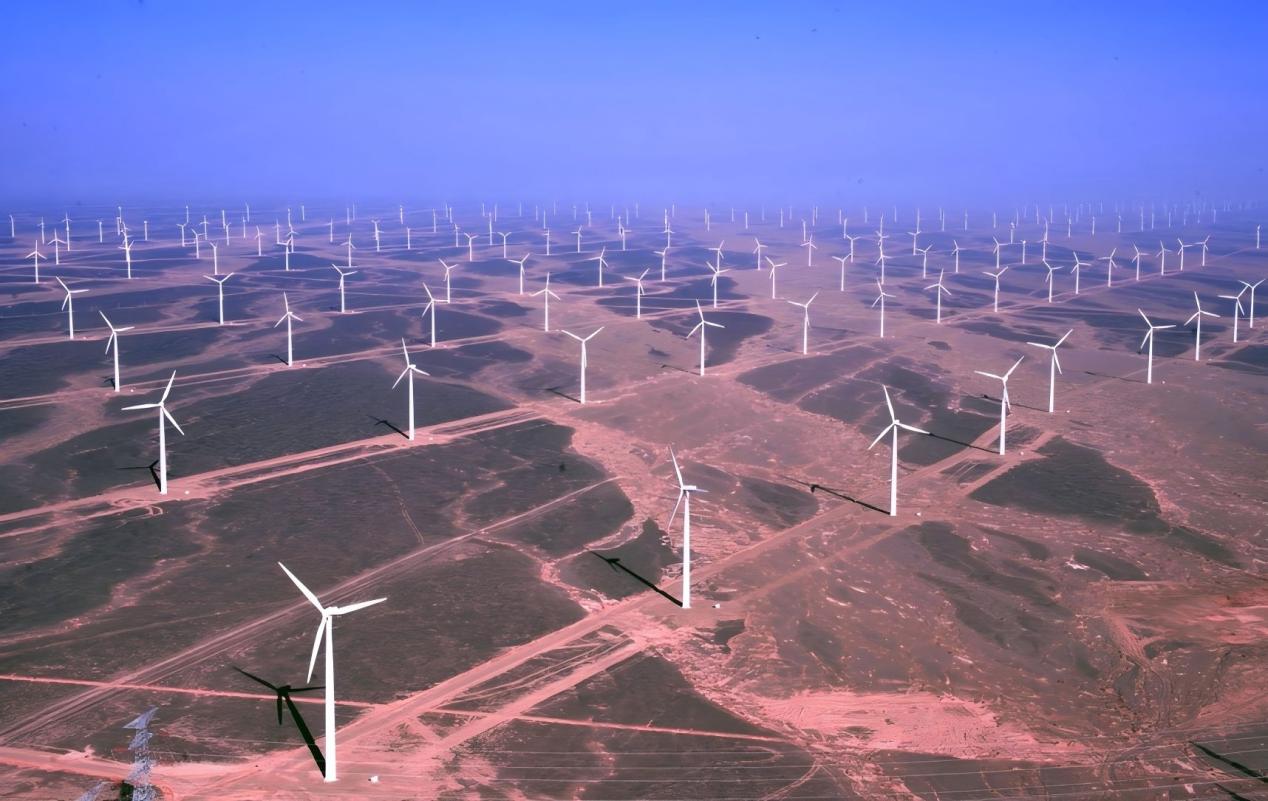
Unique Geographical Advantages
Stretching across multiple landforms from west to east, Gansu enjoys vast, sparsely populated areas with steady wind speeds—ideal for large-scale wind power projects. Regions such as the Hexi Corridor, Jiuquan, Zhangye, and Wuwei are particularly rich in wind resources. Data shows that Gansu’s technically exploitable wind energy exceeds 200 million kilowatts, with Jiuquan being one of the richest wind resource zones in the country.
In addition, the seasonal distribution of wind in Gansu is relatively balanced. Stronger winds in winter and spring support stable electricity generation and reduce fluctuations in power output.
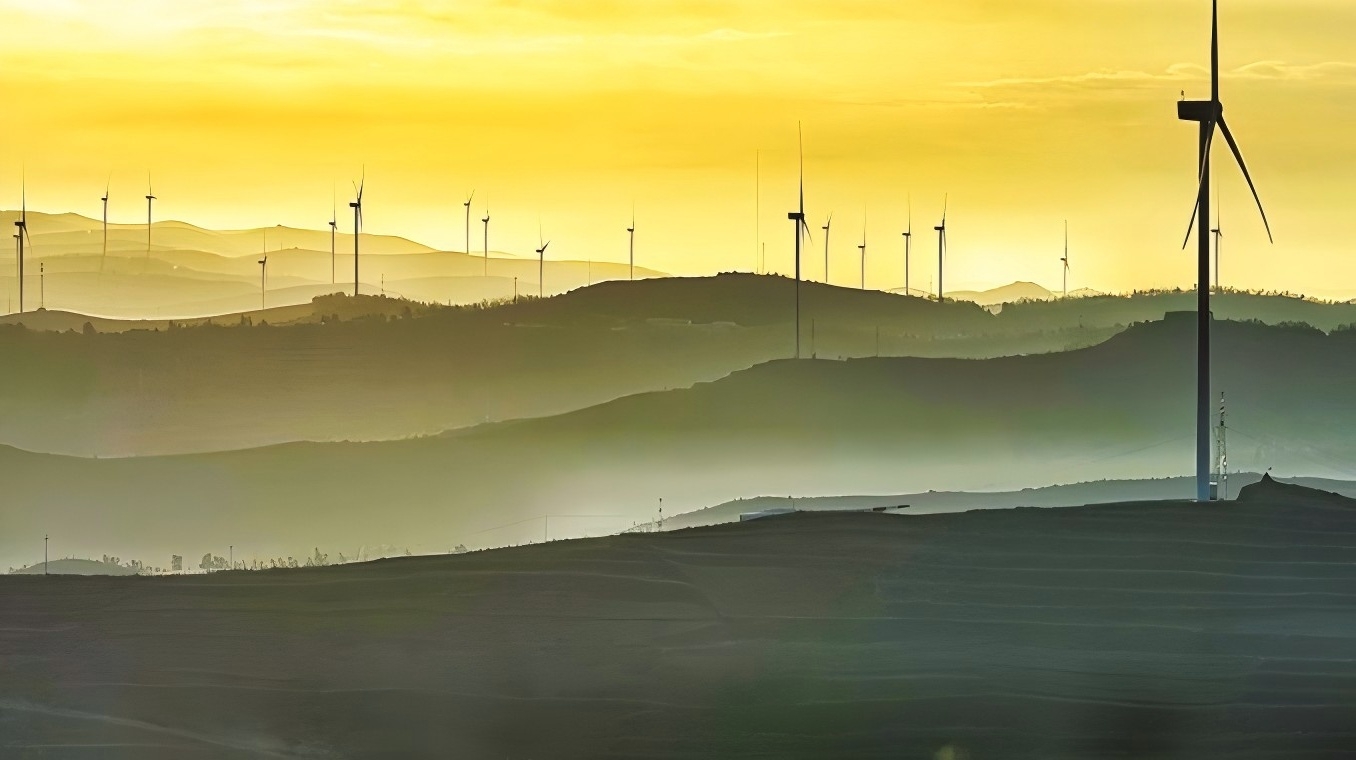
Jiuquan Wind Power Base: A National Bellwether
Among Gansu’s many wind power farms, the Jiuquan Wind Power Base stands out prominently. Launched in 2009, it was one of China’s first “ten-million-kilowatt-level wind power bases,” with a total planned capacity of 20 million kilowatts. The first phase of 10 million kilowatts has been largely completed, and the second phase is underway.
Spanning several counties and cities including Suzhou District, Yumen, and Guazhou, the base features tens of thousands of white wind turbines aligned across the desert, forming a stunning landscape. Towering high above the ground, these turbines harness the force of nature and convert it into a continuous flow of clean energy.
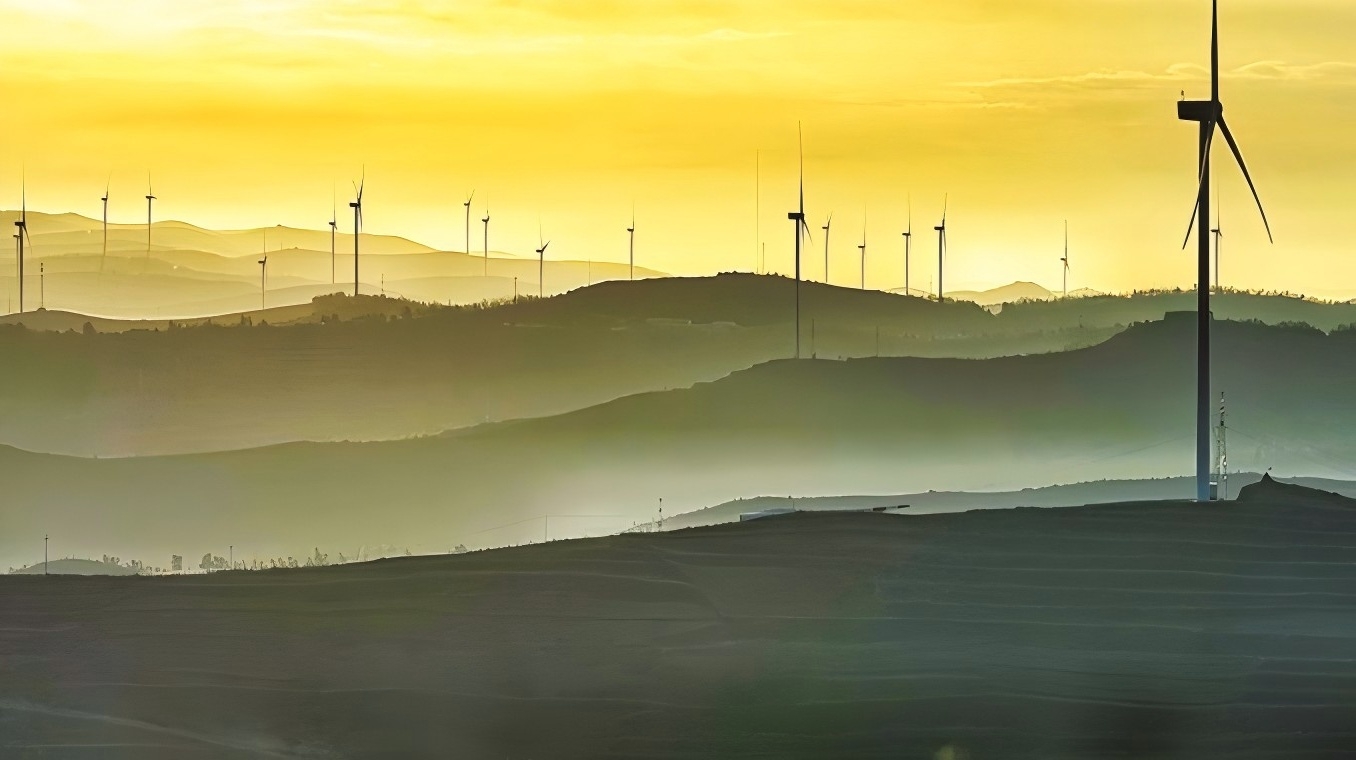
Clean Energy and Green Transition
The development of wind power in Gansu has not only optimized the region’s energy structure but also provided a model for China’s low-carbon transition. By the end of 2024, the province’s installed wind power capacity exceeded 28 million kilowatts, generating over 60 billion kilowatt-hours annually—enough to supply electricity to tens of millions of households.
Meanwhile, the rise of wind power has stimulated growth in related sectors such as turbine manufacturing, transportation, installation, and maintenance, injecting new vitality into the local economy.
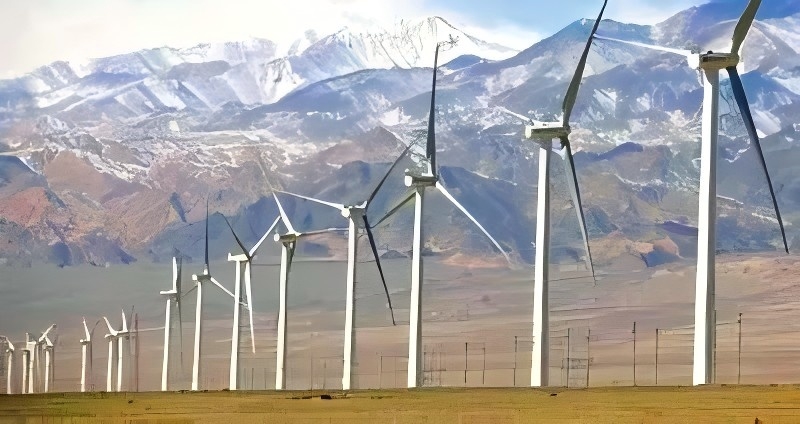
Curtailment Challenges and Power Transmission
Despite its rich wind resources, Gansu has faced the challenge of power curtailment—where wind power can’t be fully utilized. Limited local electricity demand and historically weak grid infrastructure once gave Gansu one of the highest wind curtailment rates in China.
To address this, the government accelerated the implementation of the “West-to-East Electricity Transmission” strategy, building ultra-high-voltage (UHV) power lines such as the “Jiuquan-Hunan” and “Zhangbei-Xiong’an” projects, allowing Gansu’s wind power to reach high-demand regions in central and eastern China.
Additionally, Gansu is exploring integrated energy solutions such as combining wind power with solar, energy storage, and smart grid technologies. These efforts aim to improve energy flexibility and stability, further reducing curtailment rates.
Future Outlook: Advancing Green Development
With China’s “dual carbon” goals—peaking carbon emissions before 2030 and achieving carbon neutrality by 2060—Gansu’s wind power industry is set for continued expansion. The government is promoting the integration of renewable energy with digital and intelligent technologies to build an efficient and sustainable wind energy ecosystem.
Looking ahead, Gansu will not only expand its wind capacity but also pursue synergistic development with solar power, energy storage, and hydrogen energy. The province aims to build a fully integrated system of “generation-grid-load-storage,” creating a virtuous cycle from “wind power generation” to “wind-powered prosperity.”
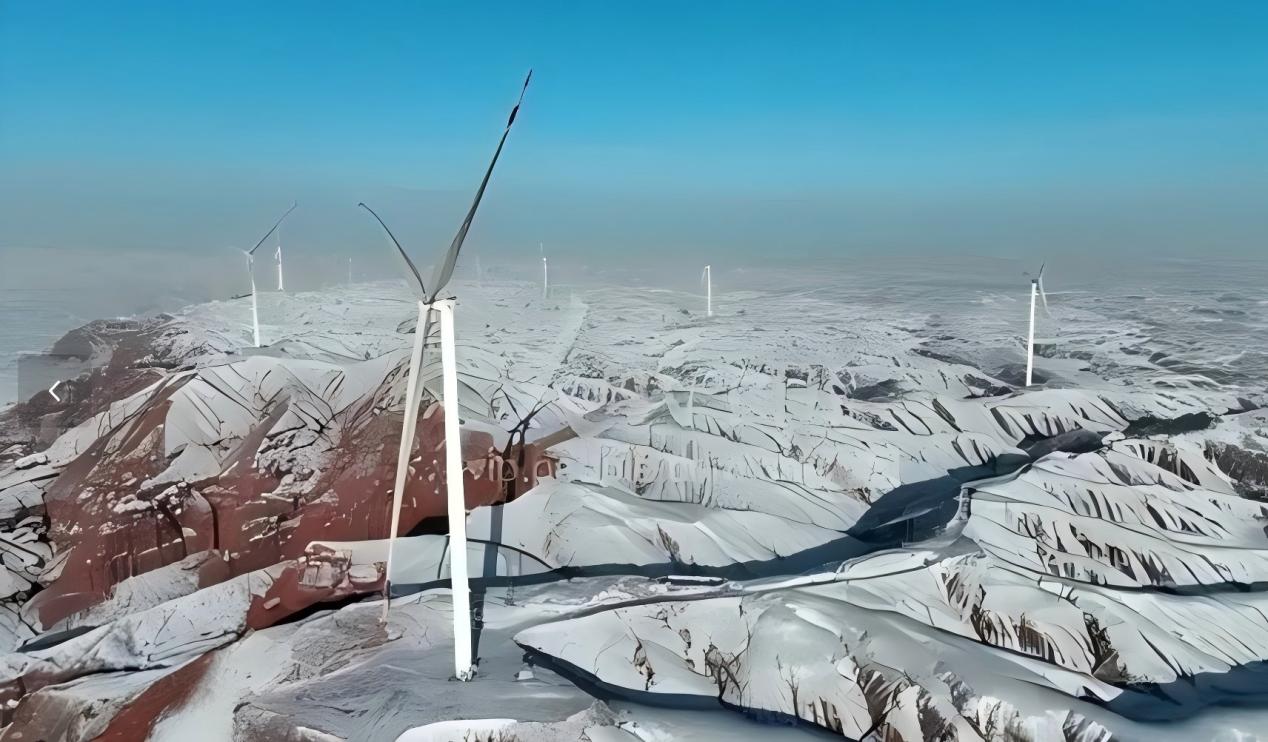
Conclusion
The wind power farms in Gansu are a remarkable blend of nature and technology, and they symbolize China’s steady progress in renewable energy. Across the vast Gobi Desert, these towering turbines are not just engineering marvels—they tell the story of a clean energy future, regional revitalization, and sustainable development.



